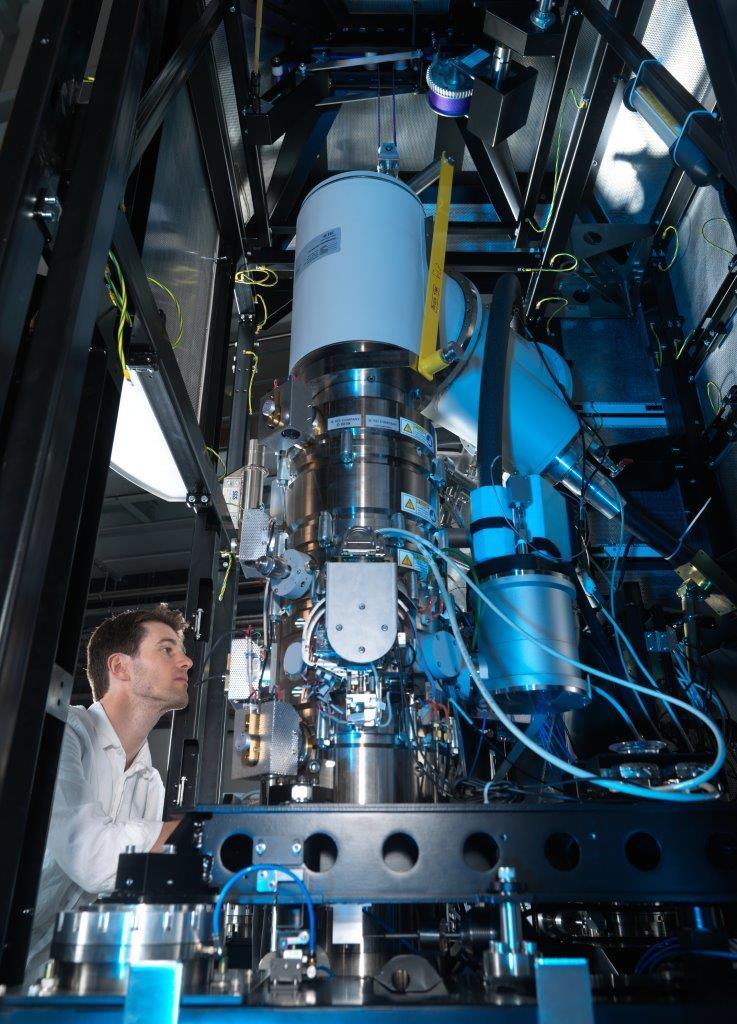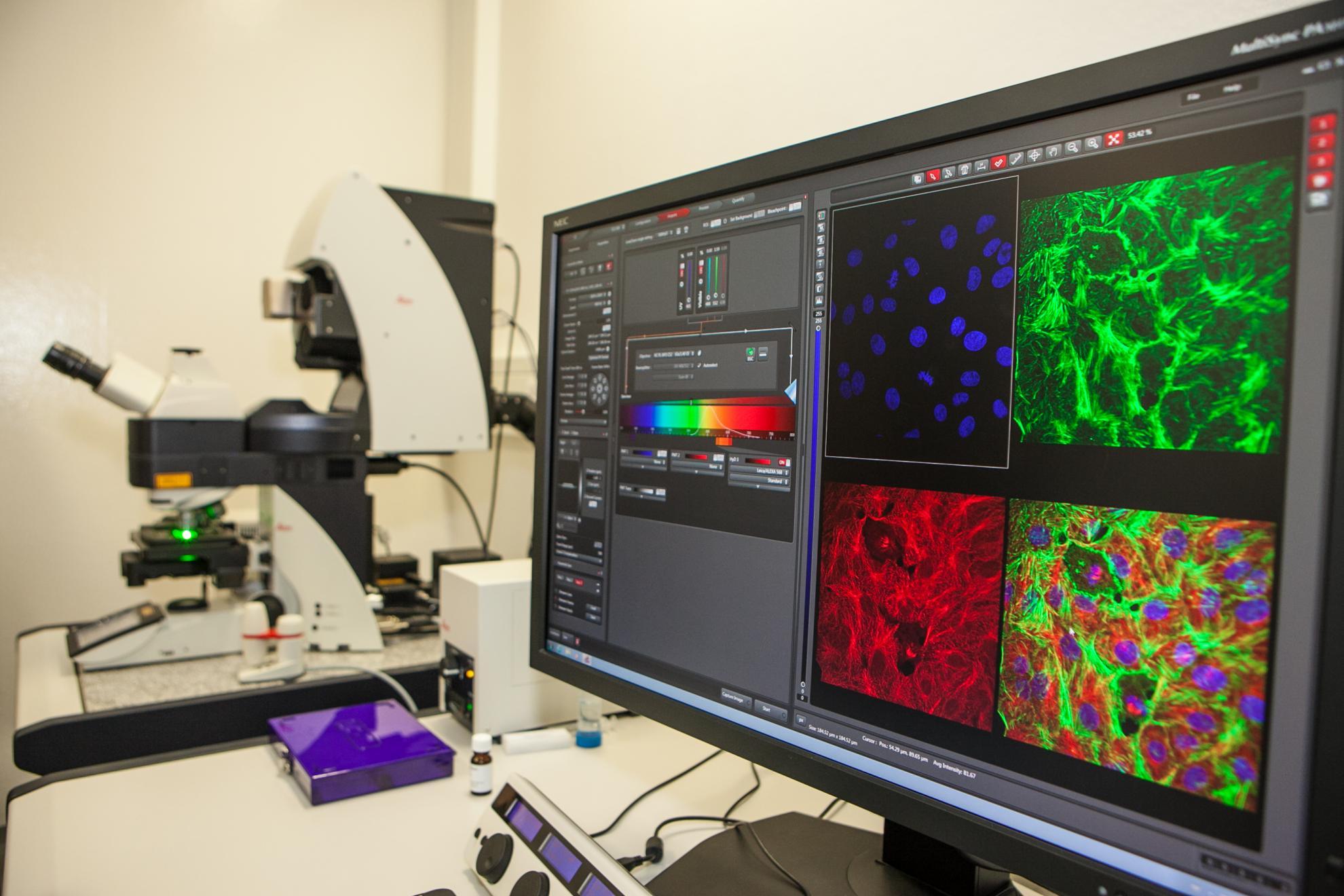A new five-year collaboration has been agreed between The Pirbright Institute and Diamond Light Source that will help our scientists to study viral diseases in greater detail. The new relationship will bring together two internationally renowned institutions that form an essential part of the UK’s national capabilities, and represents a conscious effort to increase research resilience and innovation identified by the UK Research and Innovation (UKRI) Infrastructure Programme.
As of 1 November 2019, Professor Pippa Hawes, Head of Bioimaging, will be splitting her time between the two sites in order to help prepare Pirbright research projects for high resolution electron microscopy and to contribute to Diamond’s user programmes and development initiatives.
“There is a lot of preparatory work that can be done at Pirbright with our microscopes” said Professor Hawes. “We can use these to really define the questions we need to answer and then ensure we have samples prepared in a way that will maximise their use at Diamond. I am hoping this collaboration between Pirbright and Diamond will help me guide our researchers through this process to achieve the best results, which will enable them to answer critical questions and progress their research.”
Diamond, the UK’s national synchrotron, has an embedded cryo-electron microscope facility, known as Electron Bio-Imaging Centre (eBIC). eBIC houses powerful transmission electron microscopes capable of solving protein molecular structures to below 0.3nm resolution. Scientists at Pirbright have previously used these instruments to view the outer shell of foot-and-mouth disease virus (FMDV) particles, enabling the rational design of a new vaccine that was recently licensed for further development.

Inside one of the electron microscopes at Diamond's electron Bio-Imaging Centre (eBIC), featuring Dr Alistair Siebert, Principal Electron Microscopist of the facility. © Diamond Light Source There are many scientific questions that can be answered using these advanced microscopes, which have driven the recent ‘resolution revolution’. Projects that involve understanding the cell biology of host-pathogen interactions as well as how viruses replicate are particularly well suited for these techniques.
Professor Bryan Charleston, Director of Pirbright, remarked: “A long and productive association between Pirbright and Diamond exists that has resulted in vital research developments such as the visualisation of the FMDV capsid, bluetongue virus and bovine antibody structures. We hope this agreement will aid our ambition to understand the biology of high consequence viruses and expand the range of programmes exploring solutions to control current and emerging problems.”


